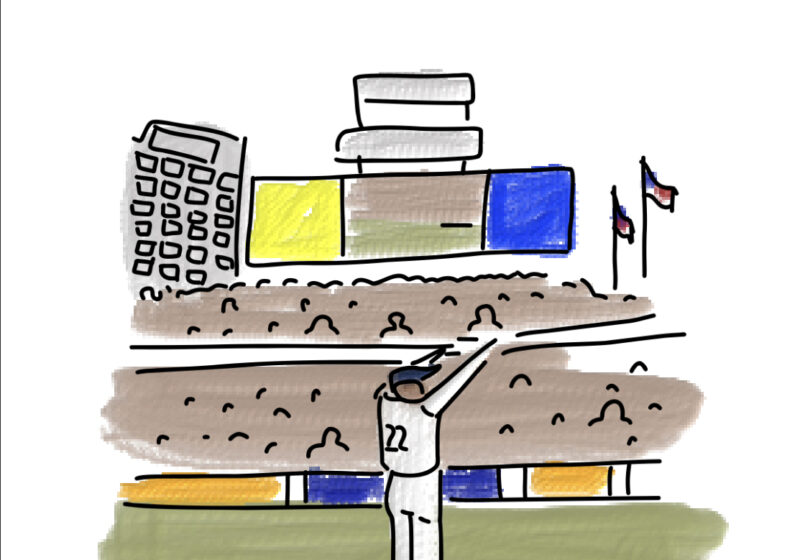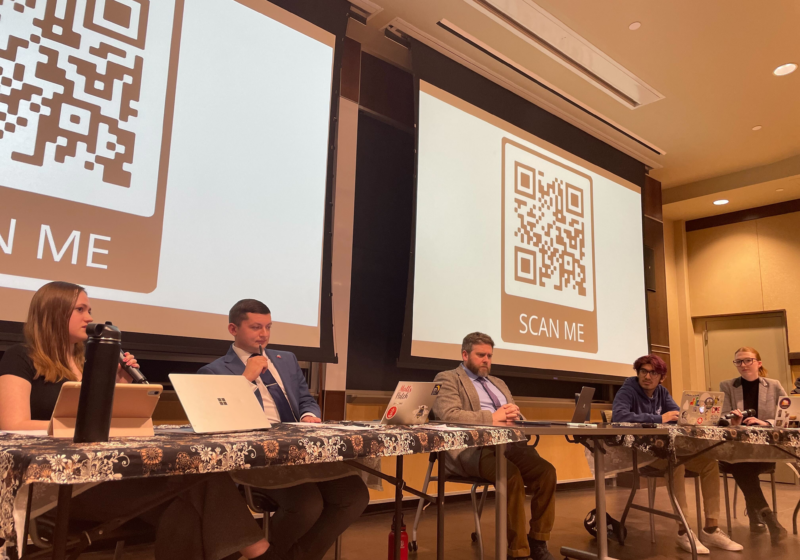The 2023 MLB playoffs have not gone the way anyone expected. With five of the six division winners knocked out, people are starting to question whether the MLB’s new playoff format is the way to go. In the current format, the first round of the playoffs is the wildcard round, where the best teams that did not win their division play each other for a chance to advance. Starting in 2022, the MLB decided to make the wildcard round a best of three rather than a one-game winner take all. The results since then have had fans up in arms, claiming that the best teams are being sent home because of the rust caused by the wait times rather than their quality of play.
“It’s hard,” said Dodgers manager Dave Roberts to the LA Times last month. “Five days is different than what we’re used to. The All-Star break is three, maybe four days, and that’s long. […] it’s an adjustment.”
Of course, you can’t blame a five-day cool down period for everything, but when the five best teams go a combined 1-13 in the postseason; there’s a problem somewhere. Or is there?
The thing is, especially compared to the regular season, playoff series are such a small sample size. Baseball teams play 162 games in the regular season. That number looks big on its own, but when compared to the 17 game NFL or even the 82 game NBA it’s enormous.
The fact of the matter is that the wildcard series is three games. Anything can happen in three games. In the regular season, the league-worst 50-112 Oakland Athletics won a three game series against the 104-win Atlanta Braves. The same Braves who fell to the underdog Phillies in the NLDS for the second year running.
The 162 game season shows which teams are consistently the best, but the small sample size of the playoffs means anything can happen; it was designed that way.
The modern postseason started in 1903. It consisted of just one round; the World Series. In that format, the American League champions would face off against the National League champions in a best of seven contest. The first change to that came in 1969, when the playoffs expanded to include a championship series, basically a semifinal. Now, the playoffs include 12 teams, and last over a month.
The playoffs have kept expanding because the number of teams in the majors have, with each league almost doubling in members. Having 28 of the 30 teams’ seasons end in September would be boring; fans want to be able to cheer for their teams to make the postseason at least until August. In the current format, almost every team is at least mathematically in the running on Sept. 1, keeping the season interesting for more people.
More than just that, the best team winning every playoff matchup would be incredibly boring. If fans knew how games would play out before they started, no one would watch. The regular season is when the sample size is big enough that the best teams end up with the best records, but the postseason is when anything can happen, and that’s what makes it interesting.
The early results of the new postseason format are shocking, but they themselves are a small sample size. It’s true that it could use some tweaks, but the unpredictability is why we watch baseball, and I for one am excited to see what happens.






